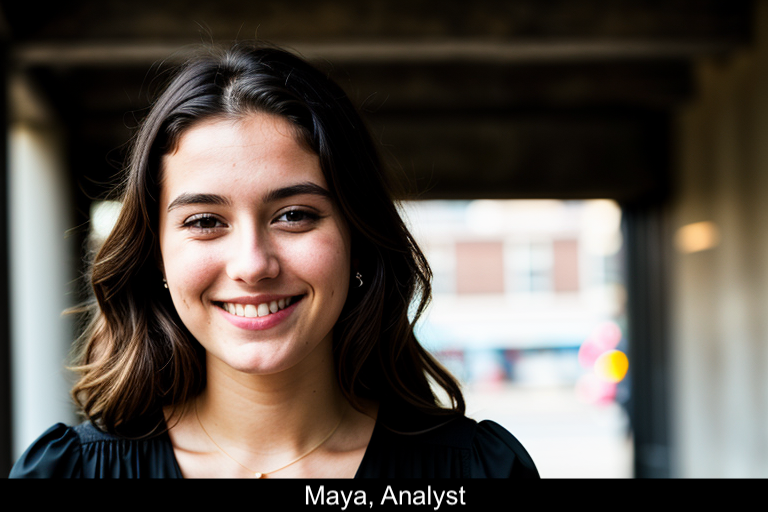The ongoing humanitarian crisis in Gaza has reached alarming proportions, highlighting the immense suffering faced by civilians amidst severe military offensives. A recent account from paramedic Nevine al Dawawi, which has gone viral on social media platforms, reveals the chaos and despair after a deadly Israeli airstrike on a makeshift shelter in Jabalia. This heartbreaking narrative serves not only as a poignant reminder of the real human cost of war but also raises critical questions about the responsibility of the international community in addressing such atrocities.
The video footage captured by Nevine shows the harrowing aftermath of the attack on a school that had been converted into a refuge for displaced families. It offers an intimate glimpse into the frantic moments following the strike, where emergency responders scramble to aid the wounded amid unimaginable chaos. Nevine, visibly shaken yet compelled to act, underscores the urgent need for medical assistance and the dire lack of supplies, as she desperately records the devastation around her. This stark portrayal of grief and panic draws attention to a much larger issue—the plight of civilians caught in conflict where the lines between combatants and non-combatants blur under the weight of military operations.
In Gaza, civilians have borne the brunt of escalating violence, often finding themselves trapped in an environment of fear, displacement, and death. Nevine’s account also highlights the psychological trauma that lingers in the wake of such incidents, as families are torn apart, survivors are left to grieve, and communities are shattered. Lina Ibrahim Abu Namos, a mother who lost her two eldest children in the attack, encapsulates the heartbreak faced by many. Her plea—”What crime have the children committed?”—echoes the sentiments of countless others who are trying to make sense of their loss in a landscape defined by strife.
The implications of this ongoing conflict extend beyond the immediate region. The crisis has ignited worldwide protests, drawing attention to the humanitarian crisis and calls for accountability. It is essential for the global community to recognize the stories behind the statistics that often depict wartime casualties. Humanizing these narratives can foster greater empathy and understanding, spurring action from governments, humanitarian organizations, and individuals alike.
An important consideration moving forward is the role of digital media in shaping public perception of conflicts. Eyewitness footage and firsthand accounts shared on social platforms can propel humanitarian issues into the global spotlight, often quicker than traditional media outlets. This democratization of information allows individuals to engage with stories of suffering and resilience directly, stimulating discourse around international humanitarian law and the obligations of nations at war.
However, as the dialogue continues, it is important to acknowledge the complexities behind military action and its legality under international law. Questions arise regarding the justification of strikes, particularly when civilians are involved, and whether the principle of proportionality in warfare has been adequately adhered to. Critics argue that an overwhelming majority of casualties in Gaza have been among non-combatants, raising serious concerns about war crimes and accountability for actions taken during conflict.
Powerful voices from the region, including Nevine, are calling for an end to the cycle of violence and for humanitarian aid to be delivered without obstruction. These narratives not only serve as urgent calls for action but also highlight a persistent need for reconciliation and peace-building efforts in conflict-ridden areas. It is crucial to amplify these voices and advocate for policies that prioritize human rights and humanitarian needs, laying the groundwork for lasting peace.
In light of the recent events, governments around the world must reassess their positions and responsibilities concerning the conflict. The importance of diplomacy and negotiations cannot be overstated, particularly as civilian casualties continue to rise. International bodies, like the United Nations, play a critical role in mediating and promoting resolutions to conflicts, and greater emphasis should be placed on enforcing ceasefires and protecting those most vulnerable.
As the humanitarian crisis unfolds, individuals can also make a difference through awareness and advocacy. Sharing authentic stories, donating to reputable humanitarian organizations, and engaging in constructive dialogue about the issues at play can contribute to a larger movement seeking justice and healing for affected communities. It’s imperative that we do not turn a blind eye to suffering; instead, we should seek to learn more and promote understanding of the underlying causes of such conflicts.
In conclusion, the video accounts emerging from Gaza and the narratives of those at the frontline serve as stark reminders of the need for a global response to the humanitarian crises wrought by conflict. Collectively working towards peace, advocating for the rights of civilians, and ensuring accountability for actions taken in war can foster a new era of understanding and, eventually, healing. The transformation of individual anguish into collective action is an essential step in combating the cycle of violence that has persisted for far too long. By remaining vigilant and engaged, we can contribute to a future where stories like Nevine’s become a relic of the past rather than a recurring theme in global headlines.



